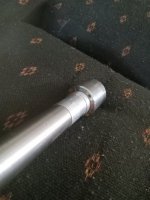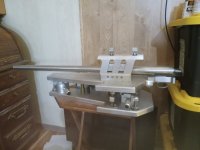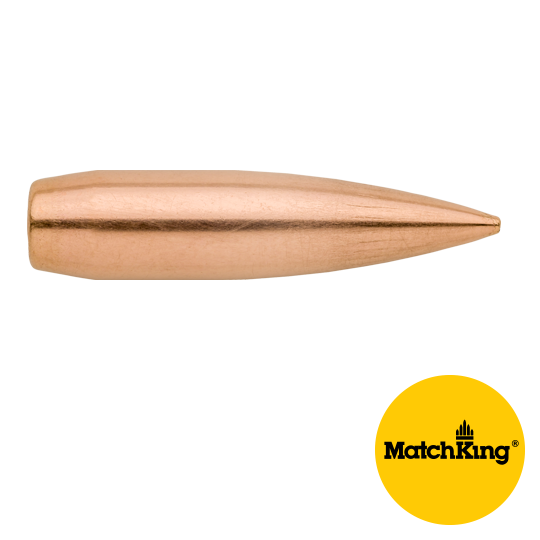This thread is amazing. So many arguing way too hard for reasons I don't get. I mean, sure if you made and sold tuners, I could see why you'd argue, but if you don't have a dog in the fight I don't see why you care?
I bought one a couple years ago out of curiosity, to learn and see for myself. What I saw was:
X rifle and X load shot say 3/4" 100 yard groups "all day long"

I put on the tuner, fiddle with it a bit, and it shot smaller than 3/4" groups "all day long".
I only tried it with a couple established loads that shot reasonably well. Playing with it, I was able to make them shoot better.
Now one side would argue:
"No it didn't". (Uh, yeah it did.)
"You haven't fired enough groups for it to be statically relevant." (Mmmm, just every single group from that point on??)
"You could do the same thing by tuning your load." (Maybe, did say you couldn't?)
"It won't do that with every load." (Did I say it would?)
"It won't do that with every rifle." (Did I say it would? )
After a while I took it off rifle X and stuck it on the shelf. Not because I didn't think it was doing what was claimed, but because it didn't work with what I do with the rifle. And that's CONSTANT load development. 99% of the rounds that rifle will ever fire will be off the bench trying different load variations. Because that's what I do with it. Adding countless more variables of tuner settings to try with every load change I made just wasn't practical.
But really, why do you care?
If I were a PRS competitor I'd be THRILLED if my opponents were spending time and money on something I didn't think actually worked.





